Stories Category: Intensive Care

Burnout Syndrome in Critical Care: A Call for Action
Burnout syndrome (BOS) is a work-related constellation of symptoms and signs that usually occurs in individuals with no history of psychological or psychiatric disorders. BOS is triggered by a discrepancy between the expectations... read more

Clinical Practice Guideline: Mechanical Ventilation in Adult Patients with ARDS
An Official American Thoracic Society/European Society of Intensive Care Medicine/Society of Critical Care Medicine Clinical Practice Guideline: Mechanical Ventilation in Adult Patients with Acute Respiratory Distress Syndrome.... read more
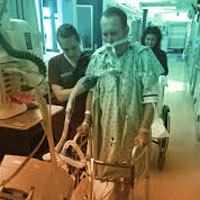
Interprofessional Survey of Perceived Barriers and Facilitators to Early Mobilization of Critically Ill Patients in Montreal, Canada
Early mobilization is safe, feasible, and associated with better outcomes in patients with critical illness. However, barriers to mobilization in clinical practice still exist. The objective of this study was to assess the... read more

The Epidemic of Physician and Medical Student Suicide
In the past decade, numerous studies have shown that physicians and medical students have higher rates of suicide than the general population. The American Foundation for Suicide Prevention reports that over 400 physicians... read more

Hospitalists can help improve antibiotic stewardship
Hospitalists can, and should, help curb unnecessary antibiotic use. Nearly three-quarters of patients who have been diagnosed with community acquired pneumonia are receiving antibiotics for longer periods than necessary,... read more

Principles learned from a successful VTE improvement program
Principles learned from a successful improvement program can increase compliance and reduce hospital acquired VTEs (HA-VTEs) across multiple institutions. Can a single institution’s VTE prophylaxis program be scaled to... read more

WannaCry highlights worst nightmare in medical device security
Among the many lessons that will come out of the massive cyberattack might be a rethink of common patching practices. The sprawling WannaCry ransomware attacks have healthcare CIOs and infosec professionals more concerned... read more

Breaking Health Care Rules to Improve Care
This Viewpoint summarizes rules in health care organizations that their own leaders identified as ones that contribute little or no value to care, impede the work of clinicians, frustrate patients and families, and waste... read more

Volume responsiveness and volume tolerance: a conceptual diagram
So I know I've be-laboured the point about the difference between volume responsiveness (i.e. will there be significant increase in cardiac output with volume infusion) and volume tolerance (is the volume I am considering... read more
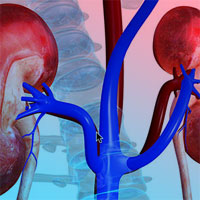
Diagnostic work-up and specific causes of acute kidney injury
Acute kidney injury (AKI) is common in critically ill patients and associated with grim short- and long-term outcome. Although in the vast majority of cases AKI is multifactorial, with sepsis, shock and nephrotoxicity accounting... read more
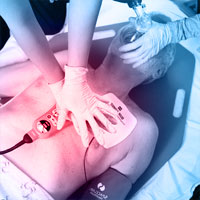
Improving CPR Performance
Cardiac arrest continues to represent a public health burden with most patients having dismal outcomes. Cardiopulmonary resuscitation (CPR) is a complex set of interventions requiring leadership, coordination, and best practices.... read more

Nurses make me a better doctor
I firmly believe that the relationship between a nurse and physician should be one of collaboration without hierarchy. It takes a very special person to become a nurse. Without them, physicians cannot function. I thank all... read more

Enhanced Recovery After Surgery Program Implementation
In this pre-post difference-in-differences study of 15 849 surgical patients at 20 medical centers in Northern California, implementation of a multifaceted enhanced recovery program was associated with a one-third reduction... read more
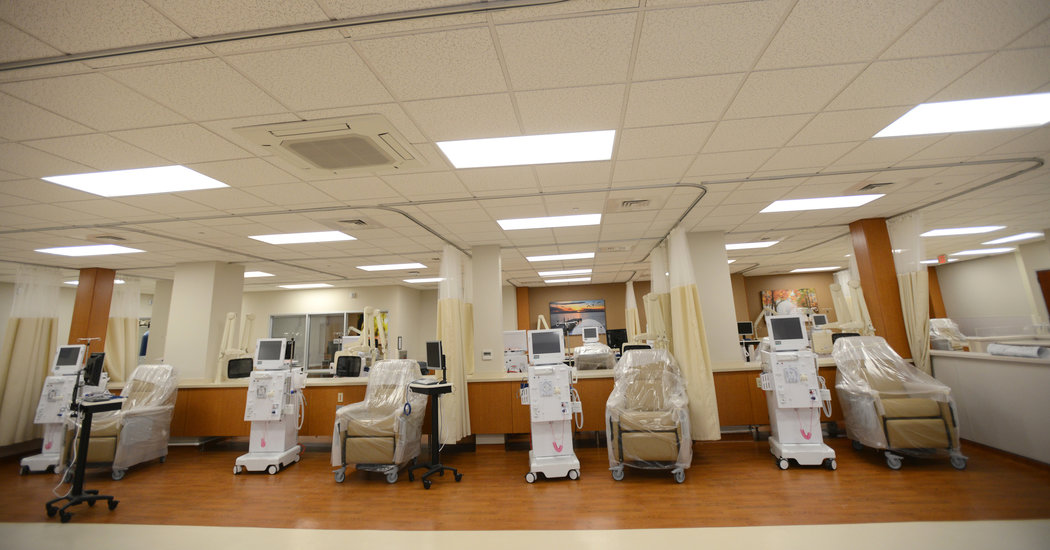
We're Bad at Death. Can We Talk?
Despite growing recognition that more care isn't necessarily better care, particularly at the end of life, many Americans still receive an enormous dose of medicine in their final days. On average, patients make 29 visits... read more

Primary Stroke Center Protocol for Suspected Stroke by Large-Vessel Occlusion
In this cohort study, when the PSC protocol was fully executed, the rate of good outcomes was doubled and the time from arrival at the PSC to reperfusion at the CSC was almost 1 hour less than that with only a partial execution... read more

New Telestroke Guidelines by American Telemedicine Association
These new telestroke guidelines were developed to assist practitioners in providing assessment, diagnosis, management, and/or remote consultative support to patients exhibiting symptoms and signs consistent with an acute... read more
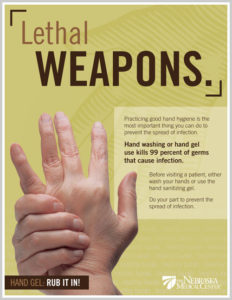
Infection Prevention and Healthcare Associated Infections
It is difficult to overstate the importance of healthcare associated infections (HAI). Approximately 4% of patients who enter hospitals in the United States develop an infection related to their hospital care. Although... read more








